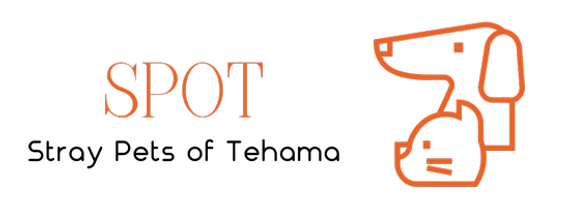General Information
When a pet is poisoned, rapid action and correct advice are critical to the pet’s well-being. The first thing to do is to identify what your pet either ate or was exposed to. Even if your pet appears to be fine, immediately call either your veterinarian, the Pet Poison Helpline (855-764-7661) or the ASPCA Poison Control Center (888-426-4435). They can determine if the item is toxic. Do not give anything to your pet unless instructed to by a veterinarian. If it is decided that medical care is necessary take the animal, without delay, to the closest veterinary emergency facility.
According to the Animal Poison Control Center, nearly 20% of all cases had to do with an animal consuming over-the- counter medications. It is extremely important to keep all prescription and over-the-counter medications, even those in childproof bottles, out of harm’s way. Closed cabinets, not easily accessed by prying paws, are the best for storage. Drugs containing acetaminophen (e.g. Tylenol®), NSAIDs (e.g. Advil®, Aleve® and Motrin) and antidepressants such as Prozac and Paxil are examples of medications that can be lethal, even in small quantities. Pets can also incur vitamin toxicity, especially with iron, Vitamin D and alpha-lipoic acid. Additionally, there have been several cases involving xylitol poisoning from sugar-free multi-vitamins. Supervise anyone who may require assistance taking medications, in order to prevent pills from being dropped and easily accessed by pets. As a last note, do not think it is cute to get your pet “stoned”. Narcotics, including marijuana, can create a life-threatening risk to your pet.
Veterinary products accounted for 9.3% of 2018’s cases. Over-the-counter supplements for joints and prescription pain medications were the largest portion of these cases, simply because they are manufactured to be “tasty treats” to make it easier to give them to Fido nor Fluffy. Unfortunately, this means that pets do find them enticing to eat.
Household products like paint, glue, and cleaning supplies contribute to tens of thousands of poison cases each year.
The key to safety lies in following the directions for proper use and storage. If the label warns, “keep pets and children away from area until dry”, follow the guidelines. Products containing bleach can cause stomach upset, vomiting, diarrhea or severe burns if swallowed, and respiratory tract irritation if inhaled. Mothballs, potpourri oils, fabric softener sheets, dishwashing detergent, batteries, cigarettes, and hand and foot warmers are also potentially deadly to pets.
Automotive products such as gasoline, oil, and antifreeze should be secured away from inquisitive mouths. Antifreeze in any amount is lethal to dogs and cats. While antifreeze products containing propylene glycol are less toxic than those containing ethylene glycol, they can still be quite hazardous to pets. In addition, other substances typically stored in the garage include insecticides, fertilizers and weed killers, which can threaten your pet’s health if ingested. When applying any agents outside, be sure to keep your pet away for the manufacturer’s recommended time. If they are exposed to chemicals or granules that adhere to their body, they may lick them, resulting in serious problems.
Mice and rats are problematic, but the poisons can be just as toxic to pets as they are to the pests they are supposed to kill. In 2018, nearly 6.3% of all cases were from rodenticides. Only one type of mouse poison has an antidote. The rest do not and are much more difficult to treat. Remember, too, that a poisoned rodent carcass is a serious hazard, as well.
Certain foods can be potentially deadly to pets. I recommend that you commit the following list to memory: alcoholic drinks, avocados, chocolate, coffee grounds, any fatty foods, tea, macadamia nuts, moldy or spoiled foods, onions, garlic, raisins and grapes, table salt, yeast-based dough, and any food product containing xylitol, which is an artificial sweetener.
They may be pretty, but both indoor and outdoor plants, along with bouquets, can be poisonous to your pets. Be sure to understand the toxicity of them before putting them in or around your house. Some of the most common include certain types of lilies, oleander, tulip/narcissus bulbs, cyclamen, chrysanthemums, English ivy, philodendron, hibiscus, hydrangea, rhubarb leaves and certain varieties of mushrooms.
While accidents can and do happen, the less accessible any of the above items are, the less likely your pet is to get into them. To help you stay informed on potential pet toxins, download the ASPCA Poison Control Center free mobile application . In addition, for more information regarding poisonous substances go to the Pet Poison Helpline
Learn More
Cookie Policy
This website uses cookies. By continuing to use this site, you accept our use of cookies.
